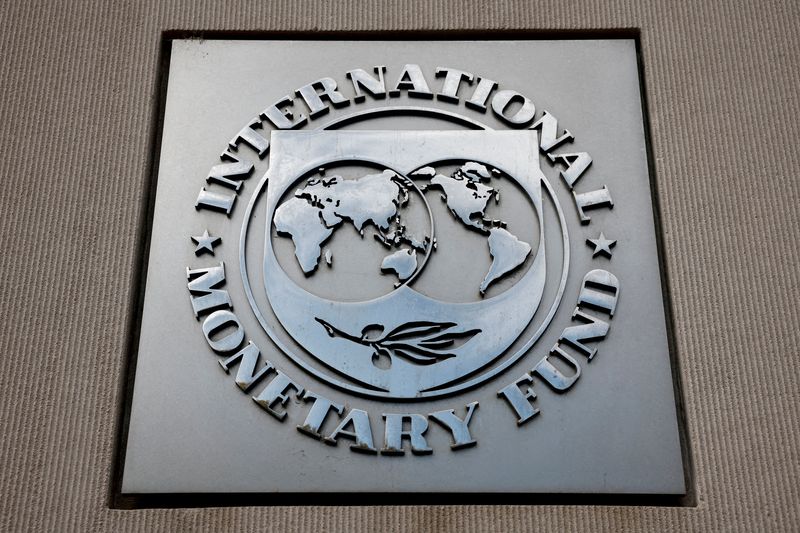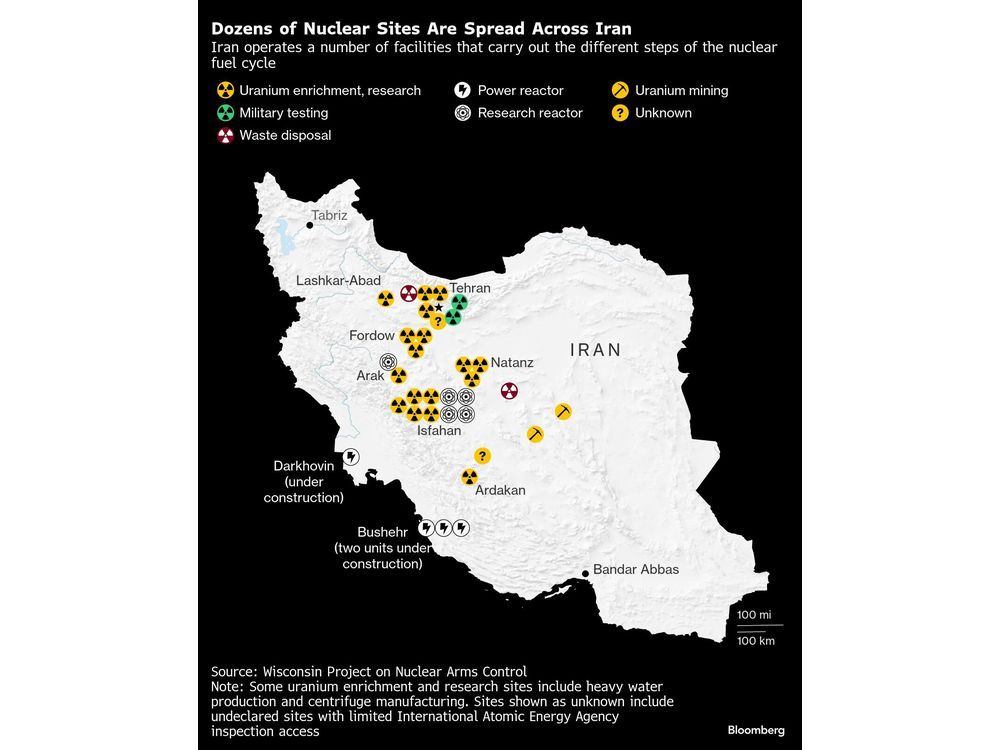Climate risks are a reality that businesses must face. There are many different types of climate risks, and they can have serious implications for companies. Climate risks can come from physical dangers, such as storms and floods, or from regulatory changes or litigation. Companies that do not take measures to reduce their climate risks may be at a competitive disadvantage. Production shortfalls and price increases are also possibilities. Reputational damage is another risk that companies face when it comes to climate change. All of these risks pose a serious threat to businesses, and it is important for companies to understand what these risks are and how they can mitigate them. In this article, we are going to look at the implications of climate risks.
Financial risks
When it comes to climate risks, one of the biggest dangers to businesses is the potential for financial risks. Financial risks can come from a variety of sources, such as production shortfalls, price increases, and regulatory changes. If companies do not take measures to reduce their climate risks, they may be at a competitive disadvantage. Another danger is that production shortfalls can result from direct or indirect climate risks. For example, a hurricane damaging an oil production facility could lead to a supply disruption and increased prices. Additionally, the price for energy will rise as heatwaves cause water scarcity, impacting the supply of power plants cooling water. Finally, companies that are publicly criticized for their environmental policies or high emissions may lose customers because of a negative reputation.
Reputational risks
When climate risks are not managed properly, they can have a negative impact on a company’s reputation. This is because climate risks can be seen as a sign of poor management. If a company’s products or services are impacted by climate risks, this can also damage its reputation. Additionally, if a company is involved in climate change mitigation or adaptation efforts, it may be seen as more environmentally responsible than its competitors. However, if these efforts are not successful, the company may be viewed in a negative light.
Regulation risks
Climate risks can cause regulation risks because they can lead to changes in legislation or litigation. For example, a company that is polluting the environment may be sued under new environmental regulations. Changes in climate can also lead to changes in regulations governing things like energy production or transportation. Companies must stay up to date on all of the possible regulatory changes that could affect them and take steps to reduce their vulnerability to them.
Production risks
Companies need to make climate risks. If climate risks are not managed, production can be affected. Shortages, price increases, and even production shutdowns can occur. For example, climate changes could lead to floods or storms that cause a lack of electricity. If a company does not buy electricity from an alternate source, its business operations may come to a halt.
Heatwaves or unusually high temperatures can also reduce the availability of labour since these conditions may be too adverse for some staff to work. For example, if workers are not able to keep up with their production goals because of climate risks, a company’s business operations may suffer.
Price increases can be another climate risk that companies face when it comes to climate change. There are many different factors that influence prices in the market place including transportation
Litigation risks
A lawsuit can be very damaging to a business’s reputation as well as its finances. For example, cigarette manufacturers were sued for climate damage done by their products. One settlement involved them paying money to climate change research. The climate issue has also led to other lawsuits, including environmental groups taking the federal government to court for failing to do enough about climate change.
Conclusion
Climate change is a reality that businesses must face. The risks associated with climate change are not just environmental in nature but can have serious implications for companies and their bottom line. Companies need to be aware of the wide range of possible effects of climate change so they may take measures to reduce these potential risks – if only by considering them when making business decisions today. Some ways to mitigate this risk include taking steps such as reducing greenhouse gas emissions or investing in renewable energy like wind power or solar panels. It’s never too early nor too late to start thinking about how your company will respond should we see an increase in frequency and severity of natural disasters due to global warming, drought conditions, wildfires, etc., because it could mean the difference between thriving or merely surviving.
Further questions
What's your question? Ask it in the discussion forum
Have an answer to the questions below? Post it here or in the forum



